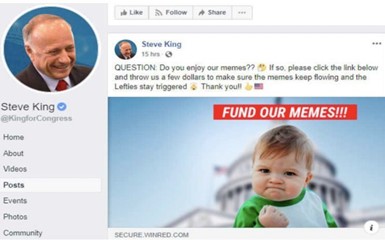The US Court of Appeals for the Eleventh Circuit once again remanded a trade secret and copyright dispute involving software for generating life insurance quotes, finding that the district court erred by failing to consider the copyrightability of the source code’s arrangement. As to the trade secret claim, however, the Eleventh Circuit found that the district court did not err in finding that the defendants misappropriated the trade secrets at issue and could be held jointly and severally liable, despite varying levels of culpability. Compulife Software, Inc. v. Newman, Case No. 21-14074 (11th Cir. Aug. 1, 2024) (Jordan, Brasher, Abudu, JJ.)
Compulife’s software generates life insurance quotes using a proprietary database of insurance rates. The software produces a quote by using blocks of code, arranged in a particular manner, that correspond to different data points such as state, birth month, birthday, birth year, sex and smoking status. Compulife licenses its software to customers and offers an online version to the public.
David Rutstein is a former insurance agent who is permanently barred from the profession. Rutstein misled Compulife into giving him its software by pretending that he worked with someone who had a license to use it. Rutstein then created and registered several websites in his son’s name using Compulife’s software in connection with the sites. One of the websites was later owned by Aaron Levy. Rutstein and Levy directed an employee, Moses Newman, to launch a scraping attack on Compulife’s website to get millions of quotes, which they used for their own websites. Compulife’s sales declined as a result.
Compulife sued Rutstein, Rutstein’s son, Levy and Newman for copyright infringement and misappropriation of trade secrets, among other claims. After a bench trial, the parties appealed, and the Eleventh Circuit directed the district court to make more specific findings. After a second bench trial, the district court determined that the defendants did not infringe Compulife’s software by copying it and using it for their own website, but they did misappropriate Compulife’s trade secrets. The defendants were held jointly and severally liable despite differing degrees of culpability. All parties appealed.
Compulife argued that the district court erred in concluding that the defendants did not infringe its copyright. The Eleventh Circuit agreed in part, finding that the district court incorrectly applied the abstraction-filtration-comparison test used in software copyright infringement analyses. Compulife claimed that the arrangement of its various source code elements (e.g., state, birth month, birthday, birth year and sex) was a creative and therefore protectable form of expression. The Court agreed that the arrangement was potentially protectable, similar to its holding in another case that the arrangement of yacht listings in a boat guide could be protectable. BUC Int’l v. Int’l Yacht Council (11th Cir. 2007). The Court remanded the copyright infringement analysis to the district court, finding that it erred in the abstraction step because it “never identified the entire arrangement of these variables in the code as a constituent component of the code.” The Eleventh Circuit disagreed, however, with [...]
Continue Reading
read more


 Subscribe
Subscribe




